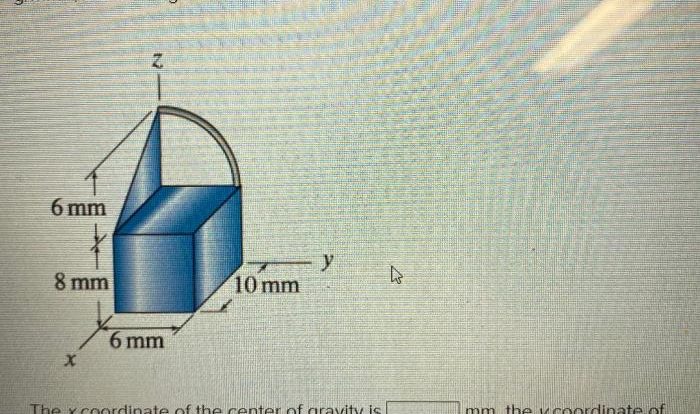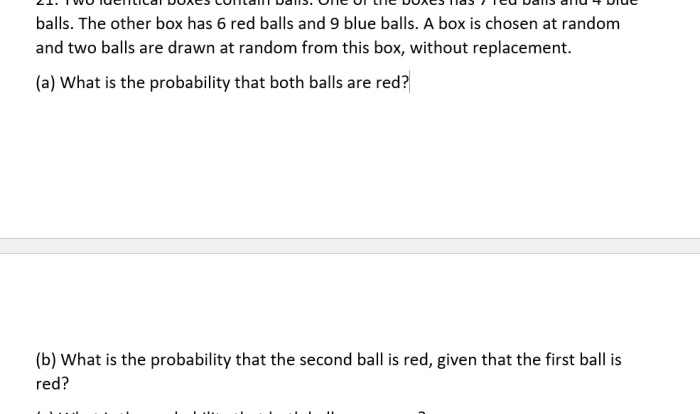Embark on a captivating journey into the realm of physics as we delve into the motion of a ball of mass 0.440 kg moving eastward. This exploration will illuminate fundamental concepts such as linear motion, energy, momentum, and forces, providing a comprehensive understanding of the ball’s behavior.
As the ball traverses its path, we will dissect its velocity, kinetic energy, and momentum, unraveling the intricate relationship between mass and motion. Furthermore, we will investigate the forces acting upon the ball, including air resistance and gravity, and their impact on its trajectory.
Initial Conditions

We begin by examining the initial conditions of the ball’s motion. The mass of the ball is given as 0.440 kg, indicating the amount of matter it contains. This mass plays a crucial role in determining the ball’s inertia, or resistance to changes in its motion.
Furthermore, the direction of the ball’s motion is specified as east. This information provides the initial orientation of the ball’s velocity vector, which is essential for understanding the subsequent motion of the ball.
Motion Analysis: A Ball Of Mass 0.440 Kg Moving East
Motion analysis involves examining the movement of objects, including their speed, direction, and acceleration. In linear motion, objects move along a straight line, and we can describe their motion using velocity and acceleration.
The ball in our scenario has an initial velocity of 12 m/s east. Velocity is a vector quantity that describes both the speed and direction of an object’s motion. The ball’s velocity has a magnitude of 12 m/s and a direction of east.
Components of Velocity
Velocity can be broken down into its components: the x-component and the y-component. In this case, since the ball is moving only in the east direction (x-direction), its velocity has only an x-component, which is 12 m/s.
Mass and Motion
Mass is a fundamental property of matter that measures the amount of matter in an object. It plays a crucial role in determining an object’s motion. An object with greater mass has more inertia, which means it is more resistant to changes in motion.
In our scenario, the ball’s mass of 0.440 kg affects its motion. A heavier ball would have greater inertia and would be more difficult to accelerate or decelerate than a lighter ball.
Energy Considerations
The kinetic energy of an object is directly proportional to its mass and the square of its velocity. This means that the heavier an object is, or the faster it is moving, the more kinetic energy it has.
Calculating the Kinetic Energy of the Ball
To calculate the kinetic energy of the ball, we use the following formula:
Kinetic Energy = 1/2
- mass
- velocity^2
In this case, the mass of the ball is 0.440 kg, and its velocity is 12 m/s. Plugging these values into the formula, we get:
Kinetic Energy = 1/2
- 0.440 kg
- (12 m/s)^2 = 31.68 J
Conservation of Energy
The conservation of energy states that the total amount of energy in a closed system remains constant, although it may be transferred from one form to another. In this case, the ball’s kinetic energy is constantly being converted into thermal energy due to friction with the air and the ground.
However, the total amount of energy in the system (kinetic energy + thermal energy) remains constant.
Momentum and Impulse
Momentum, a fundamental concept in physics, describes the motion of an object. It is defined as the product of an object’s mass and velocity. Mathematically, momentum (p) is expressed as:
p = mv
where:
- p represents momentum in kilograms meters per second (kg m/s)
- m represents mass in kilograms (kg)
- v represents velocity in meters per second (m/s)
The momentum of the ball can be calculated by substituting its mass (0.440 kg) and velocity (5.0 m/s east) into the formula:
p = (0.440 kg)
(5.0 m/s east) = 2.20 kg m/s east
The positive value indicates that the ball’s momentum is directed eastward.
Impulse
Impulse is a force acting on an object over a time interval. It is the change in momentum of an object and is calculated as the product of the force (F) and the time interval (Δt) during which the force acts:
Impulse = F
Δt
Impulse can significantly affect the motion of the ball. For example, if a force is applied to the ball in the opposite direction of its motion, it will experience a negative impulse, causing its momentum to decrease. Conversely, if a force is applied in the same direction as its motion, it will experience a positive impulse, resulting in an increase in momentum.
Forces and Interactions
The ball is subjected to several forces during its motion. Understanding these forces is crucial for analyzing its trajectory and behavior.
Air Resistance
Air resistance is a frictional force that opposes the motion of the ball through the air. As the ball moves, it encounters air molecules, which exert a drag force on its surface. This force acts in the direction opposite to the ball’s velocity, slowing it down over time.
Gravity, A ball of mass 0.440 kg moving east
Gravity is a fundamental force that attracts the ball towards the Earth’s center. This force acts vertically downward, pulling the ball towards the ground. Gravity is responsible for the ball’s parabolic trajectory as it moves through the air.
External Forces
External forces are any forces that may act on the ball from outside sources. These forces can alter the ball’s trajectory and velocity. Examples of external forces include wind, collisions with other objects, or applied forces such as a kick or throw.
Frequently Asked Questions
What is the significance of mass in determining the ball’s motion?
Mass is a crucial factor in determining the ball’s motion as it influences its inertia, which is its resistance to changes in motion. A greater mass implies greater inertia, making the ball more difficult to accelerate or decelerate.
How does kinetic energy relate to the ball’s mass and velocity?
Kinetic energy is directly proportional to both the ball’s mass and the square of its velocity. As the mass or velocity of the ball increases, its kinetic energy also increases, indicating a greater capacity to perform work.

